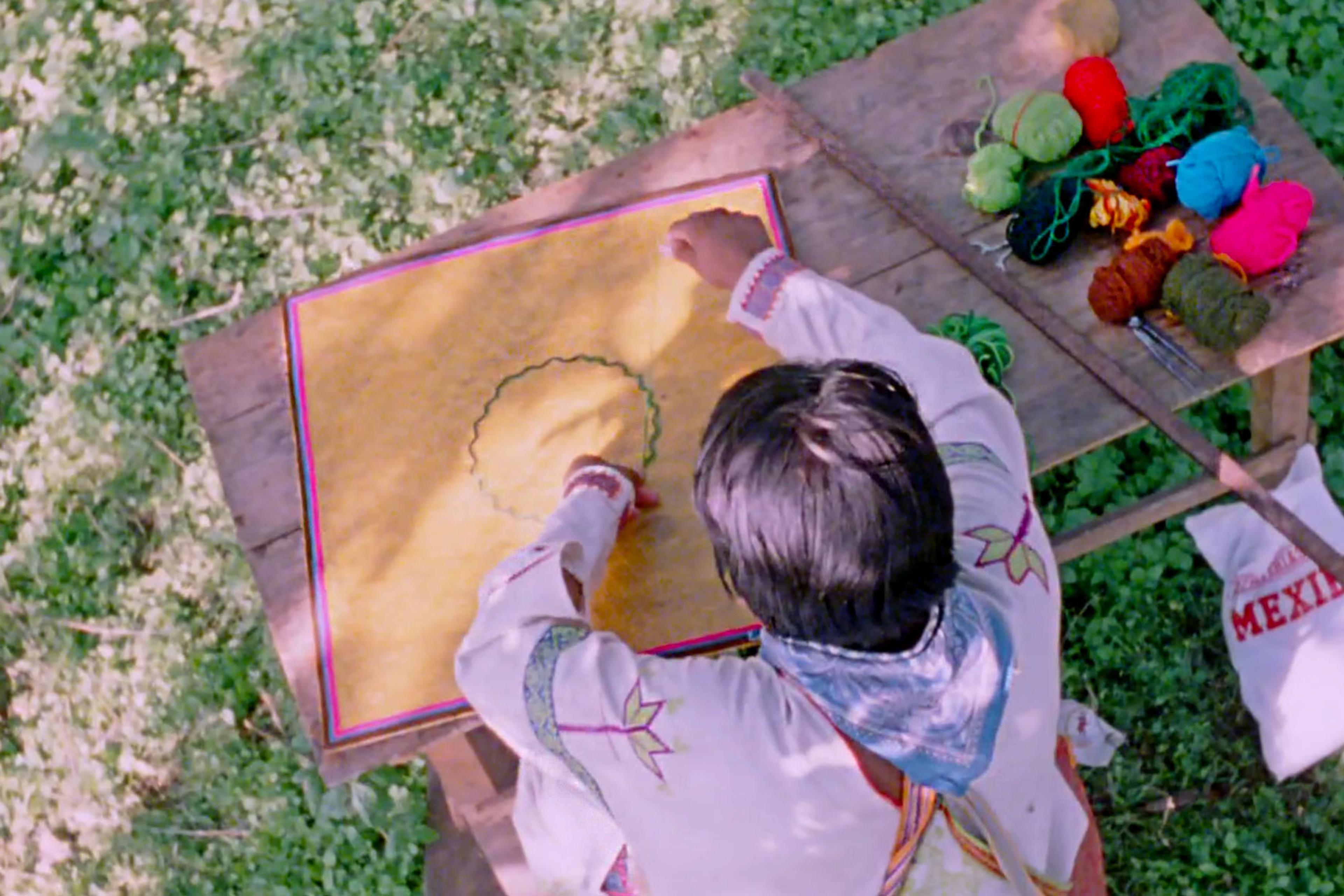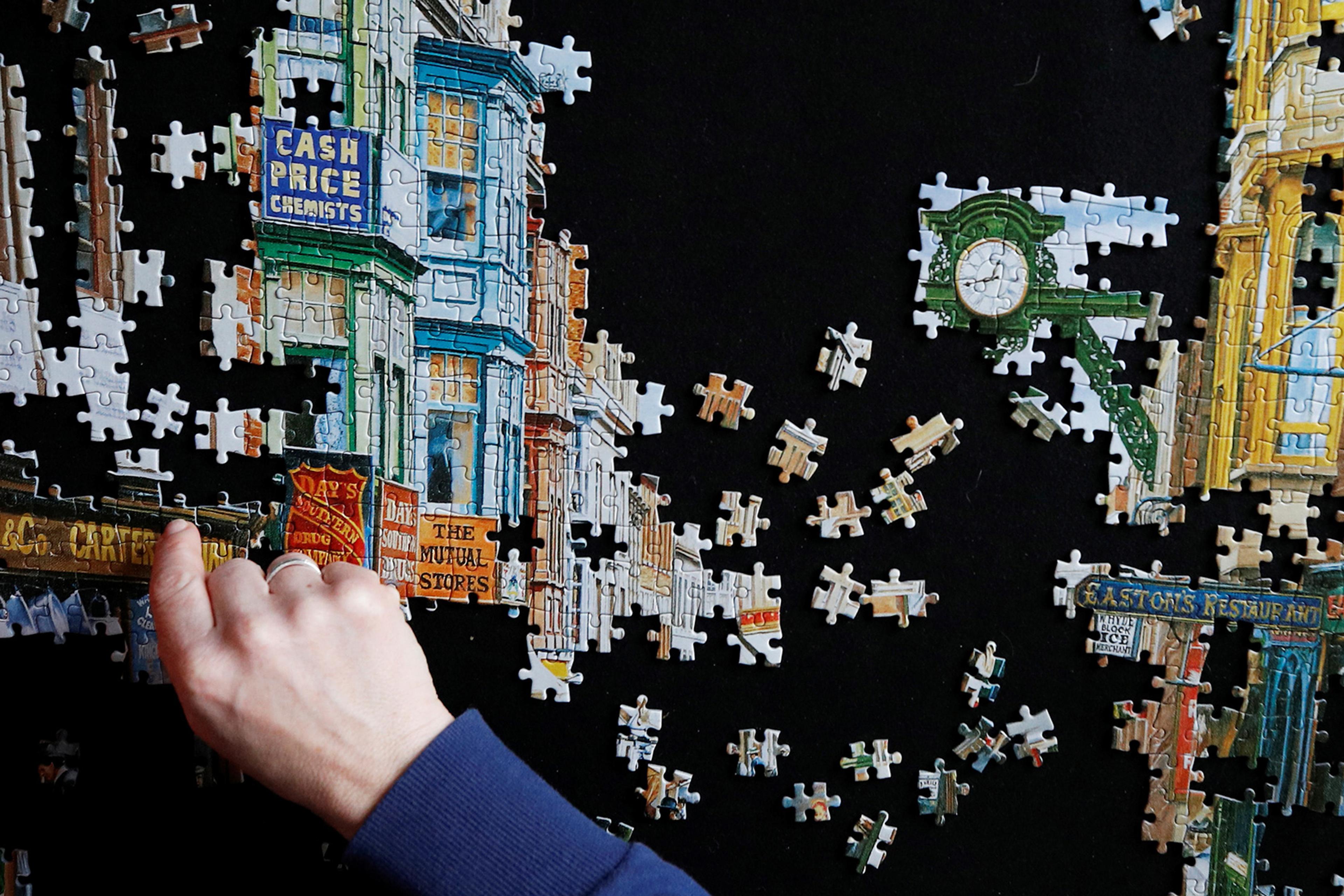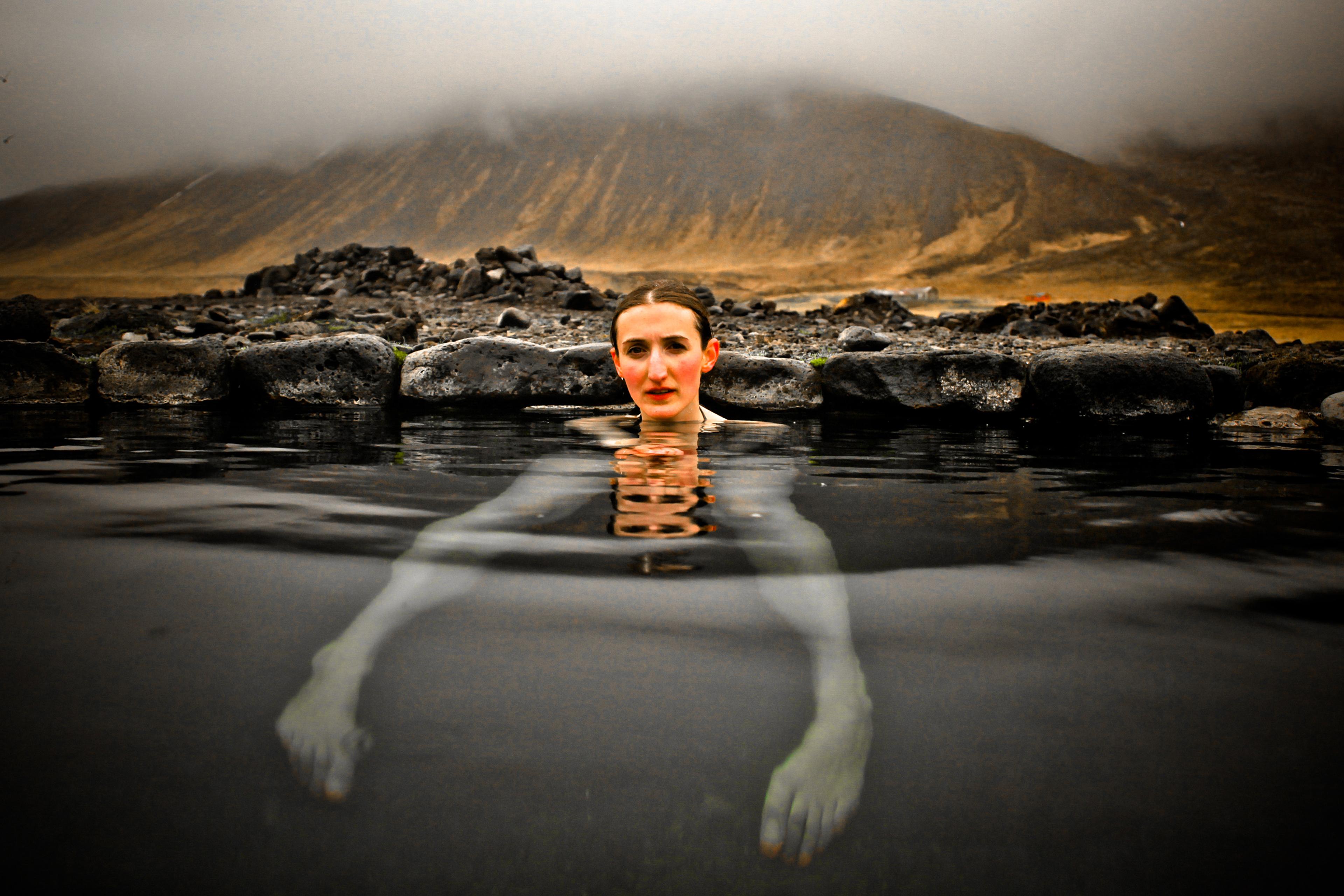First, imagine that you are a violinist. Your hands contort around the bow, the pressure is firm, and the vibrations sear through your wrist all the way up to your elbow. Next, you are a percussionist, the snares and cymbals splatter with the energy in your fingers; the rhythm engages your whole body. Now you are a baker – you pinch and pull dough to the perfect resistance. As a painter, you smear colour across a wooden board; and, as a butcher, your hands know how to separate what will be tough from what will be tender.
In this short, the Canadian filmmaker Dan Smeby juxtaposes the work of a butcher, a baker and a painter. Despite the manual nature of each craft, they form an odd triptych. And yet, as scenes cut sharply between workrooms, and a jazz score blends with the sounds of their work, surprising connections begin to appear. Brushstrokes follow the same movement as the sharpening of knives. The whip of a painter’s cloth accompanies the thud of a cleaver through bone. As the camerawork becomes increasingly handheld and frenetic, the generative energy of creativity holds the three crafts together like a magnetic field.
A mirror-image pair of questions ties together the work of the butcher, baker, painter, and – off camera – musicians: are baking bread and preparing meat a kind of art? Or is painting and music-making a kind of sustenance? Perhaps, this film suggests, making art is as fundamental to our survival as is the preparation of food. Anthropologists have long debated the evolution of artmaking in human beings, unpicking the earliest examples of cave painting and jewellery to ask whether art is simply a nice-to-have bonus of spear-making, or whether it holds an important evolutionary purpose in its own right. Art, imbued with symbolic meaning, can strengthen the bond between kin, increasing the chance of survival.
As hands move with a confidence bordering on intuition, the film presents creativity as a kind of instinct. How do they know what to do, these hands? Of course, these craftspeople might follow a recipe, or a formula. Their work is part of a longstanding tradition. But in their deft, decisive movements, there’s also an undeniable spontaneity. Like the jazz musicians who score the film, precise technique melds with improvisation. Perhaps, in the raw impulse of individual expression, we glimpse an even deeper kind of passing-down, an inheritance across generations, even evolutionary time.
One of the first reactions to life during the COVID-19 pandemic was to take the flour from the cupboard, to get out the paintbrushes, to prepare a great dinner. It felt like the natural thing to do. We took comfort in the act of making. We felt the slow transformation of the ruminating mind into one of absorption and sometimes flow. Is the urge to make, as the runaway score suggests, about anticipation of the final results? The past year has shown many of us how having something to look forward to – something in the oven, something in the mail – can give meaning to an endless stretch of days. Is it, as another maker – the architect Charles Bello – put it, about having something to show for the life we’ve lived? Or is having something to show, as this film might wryly suggest, precisely not the point? What matters most is the making.
Written by Nicola Williams







